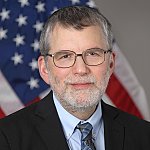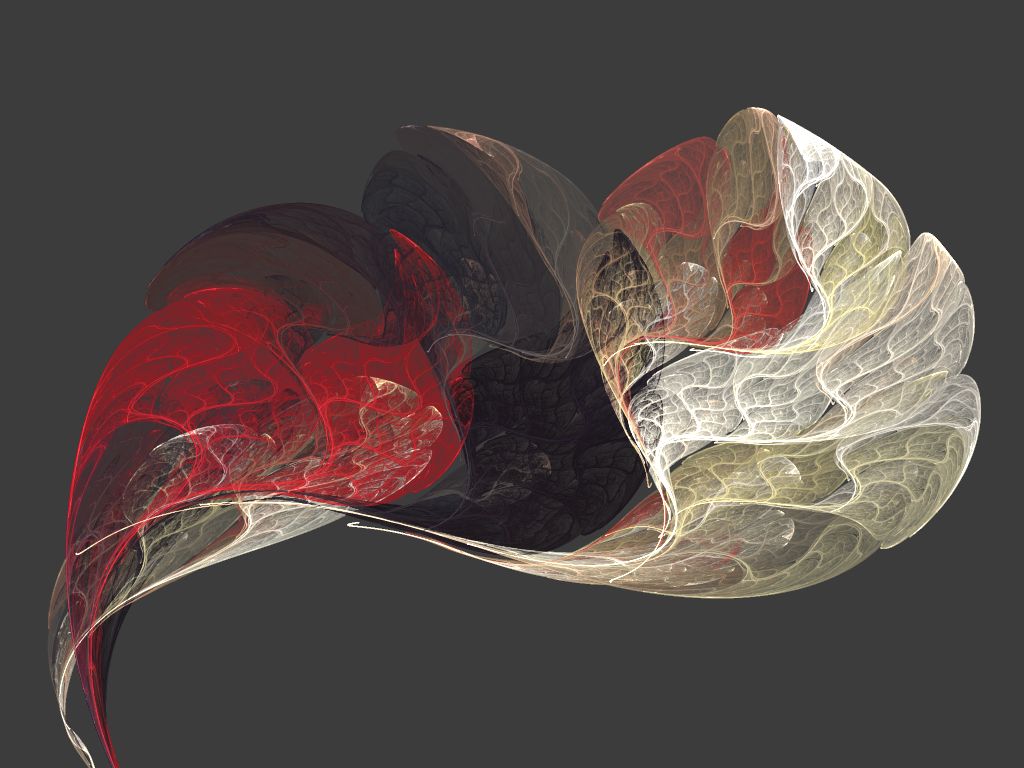



This blog has been co-authored with Dr. Patricia Flatley Brennan (Director, National Library of Medicine); Dr. Nina Schor (NIH Deputy Director for Intramural Research); Dr. Susan Gregurick (NIH Associate Director for Data Science); and Dr. Michael Lauer (NIH Deputy Director for Extramural Research).
It is only February, but this has already been a busy year with respect to open science. First off, the NIH Policy for Data Management and Sharing (DMS Policy) became effective January 25, 2023! As you most likely know by now, the DMS Policy requires NIH-supported researchers to prospectively plan for how scientific data will be preserved and shared. We know that sharing scientific data accelerates biomedical research discovery, leads to cures, and supports transparency, so we see this as a huge step forward for open science.
Implementation of the DMS Policy has been a big undertaking over the last few years, and we are grateful to our colleagues throughout the scientific enterprise for your continued engagement. Your feedback has resulted in providing valuable resources to support the community at sharing.nih.gov, including Frequently Asked Questions and other guidance. We also want to acknowledge our NIH colleagues who worked across the agency to seamlessly ensure that WE were ready to meet this important moment.
Open science is a priority at NIH and across the U.S. Federal Government. Earlier this year, the White House Office of Science and Technology Policy (OSTP) declared 2023 to be the Year of Open Science. This OSTP announcement included details on actions being taken across the Federal Government to advance national open science policy, provide access to the results of taxpayer-supported research, accelerate discovery and innovation, promote public trust, and drive more equitable outcomes. Keen observers on this topic will also remember that OSTP issued guidance in August 2022 on Ensuring Free, Immediate, and Equitable Access to Federally Funded Research, asking agencies to accelerate access to data and publications.
Today, we are pleased to announce that the “NIH Plan to Enhance Public Access to the Results of NIH-Supported Research” (NIH’s Public Access Plan) is now available for public review and comment. We are issuing this Plan in response to the OSTP memo and also because it is consistent with NIH’s longstanding commitment to open science. This Plan builds upon the strong foundation of the NIH Public Access Policy which, since 2008, has made over 1.4 million articles describing NIH-supported research available to the public through PubMed Central. As you will see, the Plan builds on what we currently do, and we expect to maintain many current practices. But importantly, we ultimately plan to institute a zero-embargo period on publications so that research results are freely available to the public without delay.
It is important to keep in mind that this Plan is not a proposed policy, but a roadmap of steps NIH will take to enhance access to research products. Any future updates to the NIH Public Access Policy will, in turn, be released as a draft for public comment. Also, to loop back to the DMS Policy—we expect that the DMS Policy will meet all expectations related to data sharing in the OSTP memo.
The NIH Public Access Plan also provides preliminary considerations on the issue of metadata and persistent identifiers, as described in the OSTP memo. Persistent identifiers contribute to the findability of research products (publications, data, software, etc.) and ensure that appropriate credit for use of those products is maintained. This is another area where public input is needed to inform NIH’s future plans. We will ensure that there will be lots of opportunities to engage on this topic and others over the next months and years.
We also want to take a moment to let you know how the Intramural Research Program at NIH is doing its part to ensure that the research NIH conducts meets the expectations of open science and data sharing. All scientists at NIH must submit and have an approved data management and sharing plan for all research studies. Studies involving human participants must have an approved data management and sharing plan in place as a prerequisite for Institutional Review Board review. Additionally, annual reports of studies must indicate how the investigators have complied with their approved plans.
So far 2023 has been a productive beginning to what is shaping up to be a great year for open science. NIH is fully committed to realizing the expectations of the Biden Administration when it comes to open science. We encourage anyone with an interest in this space to review the NIH Public Access Plan and provide feedback. Comments on the NIH Public Access Plan will be accepted until 11:59 PM on April 24, 2023. Comments can be submitted via our online portal at: https://osp.od.nih.gov/nih-plan-to-enhance-public-access-to-the-results-of-nih-supported-research/






